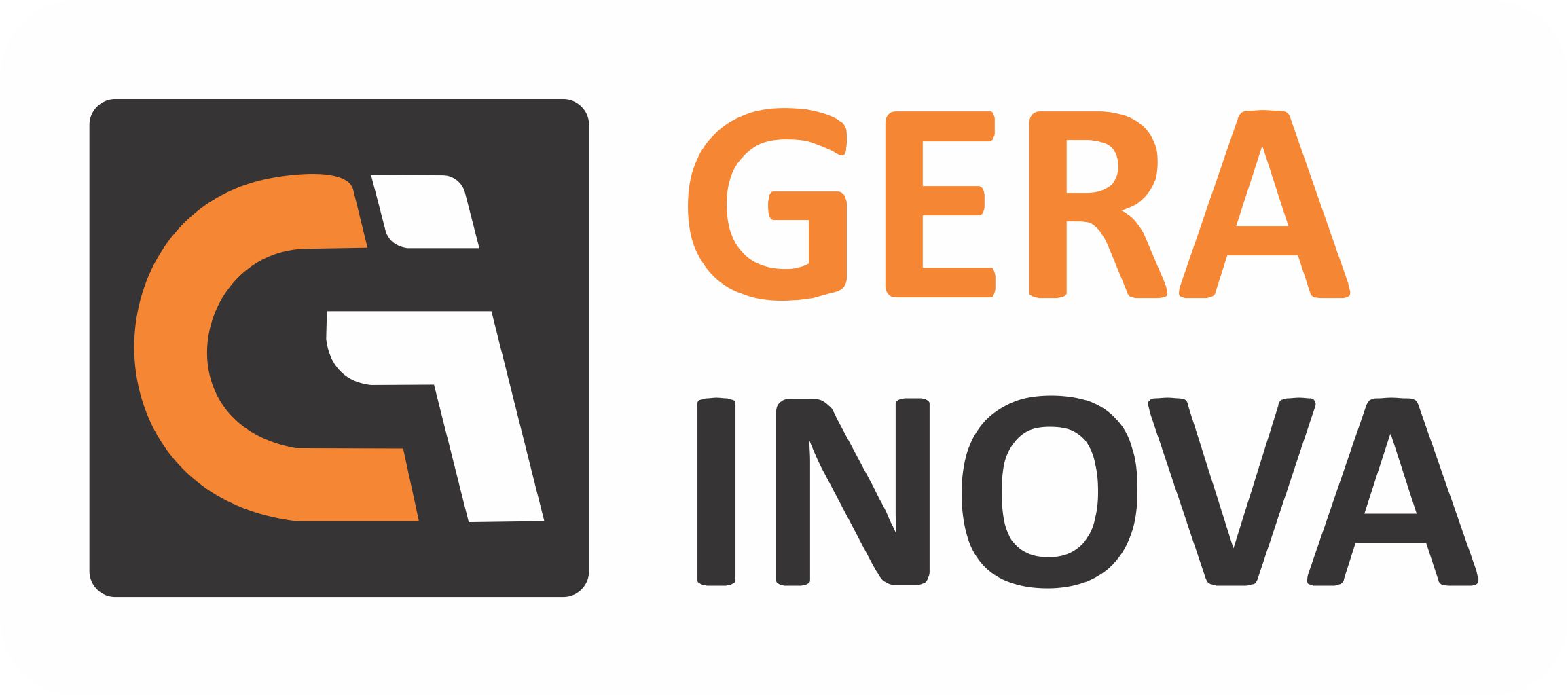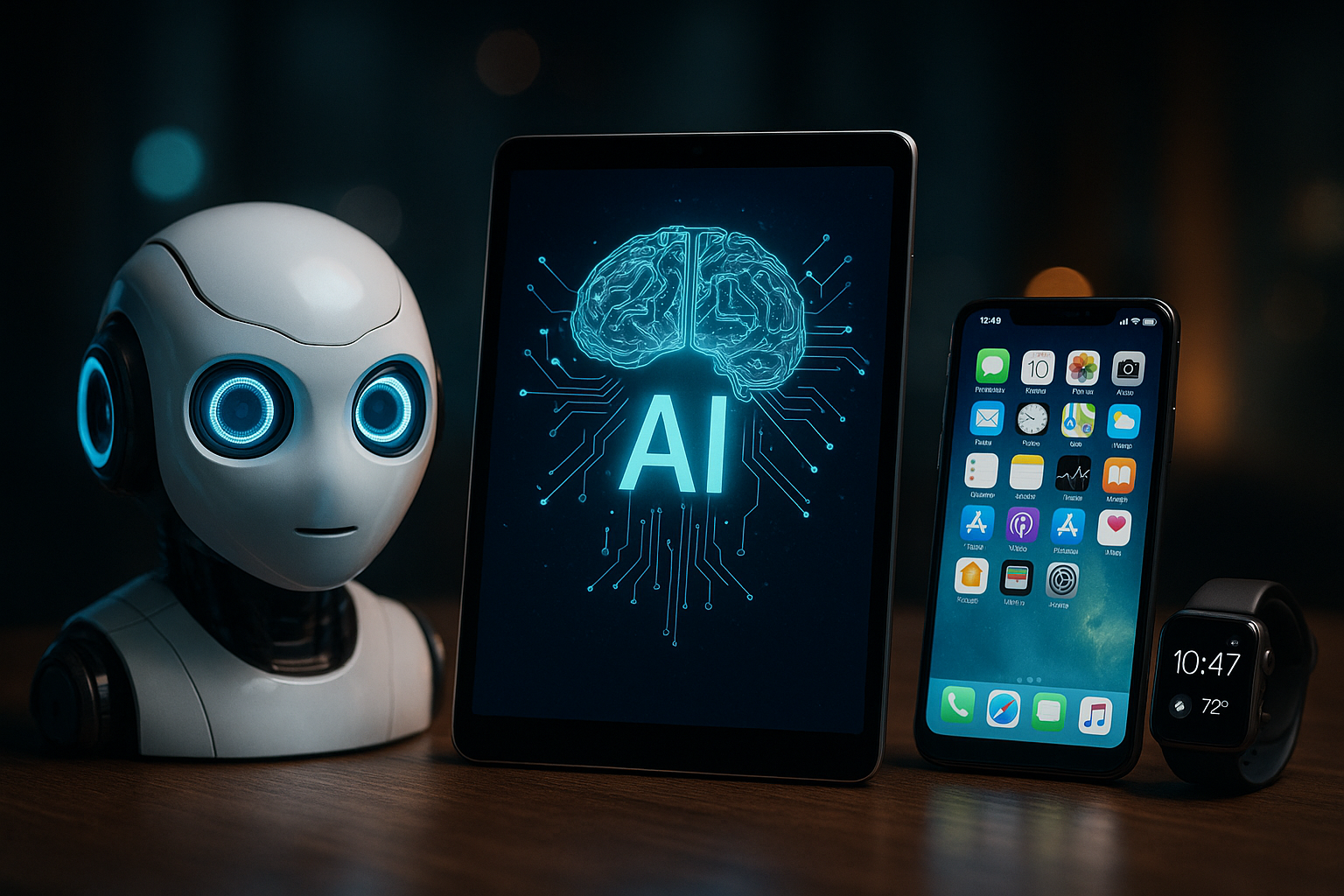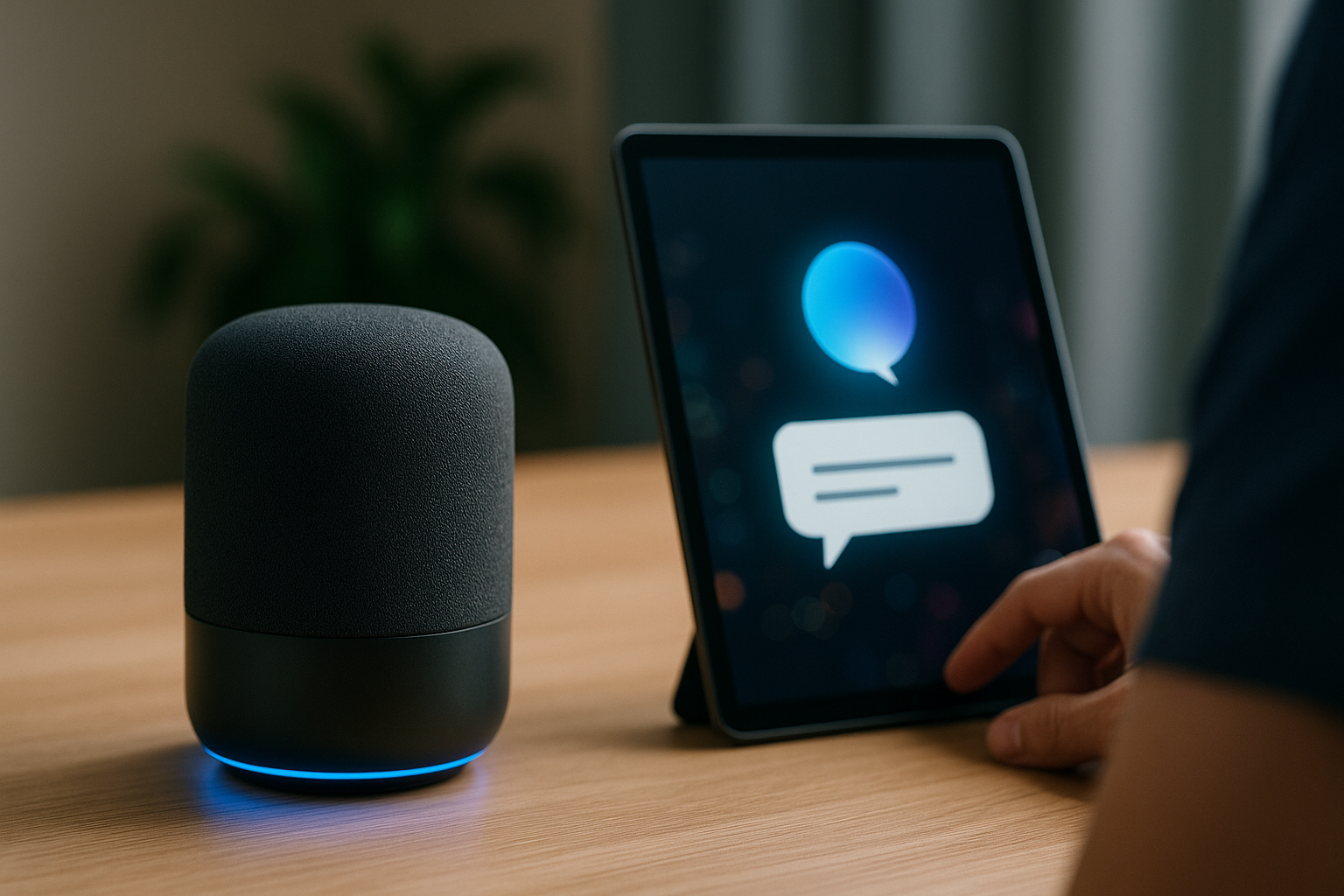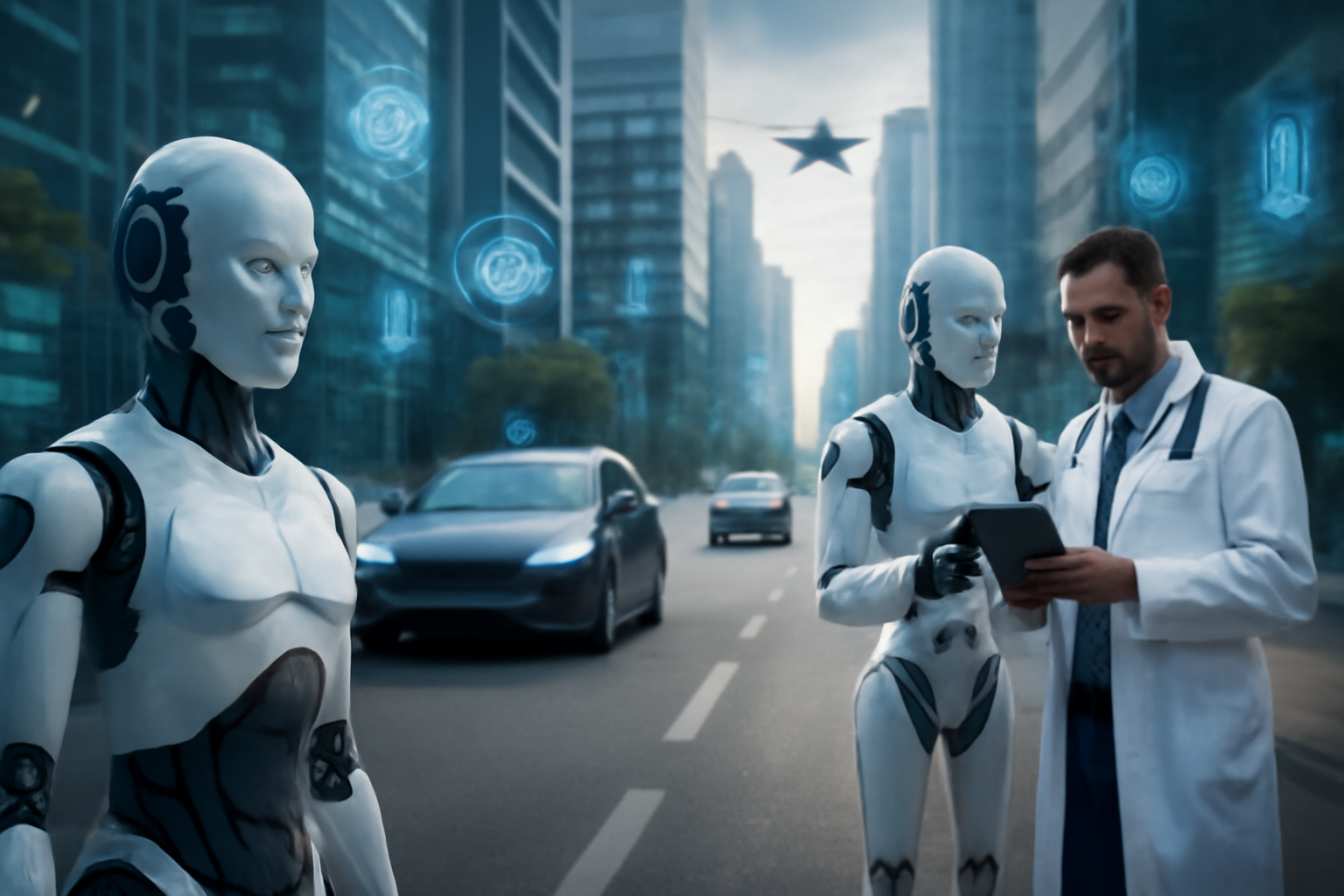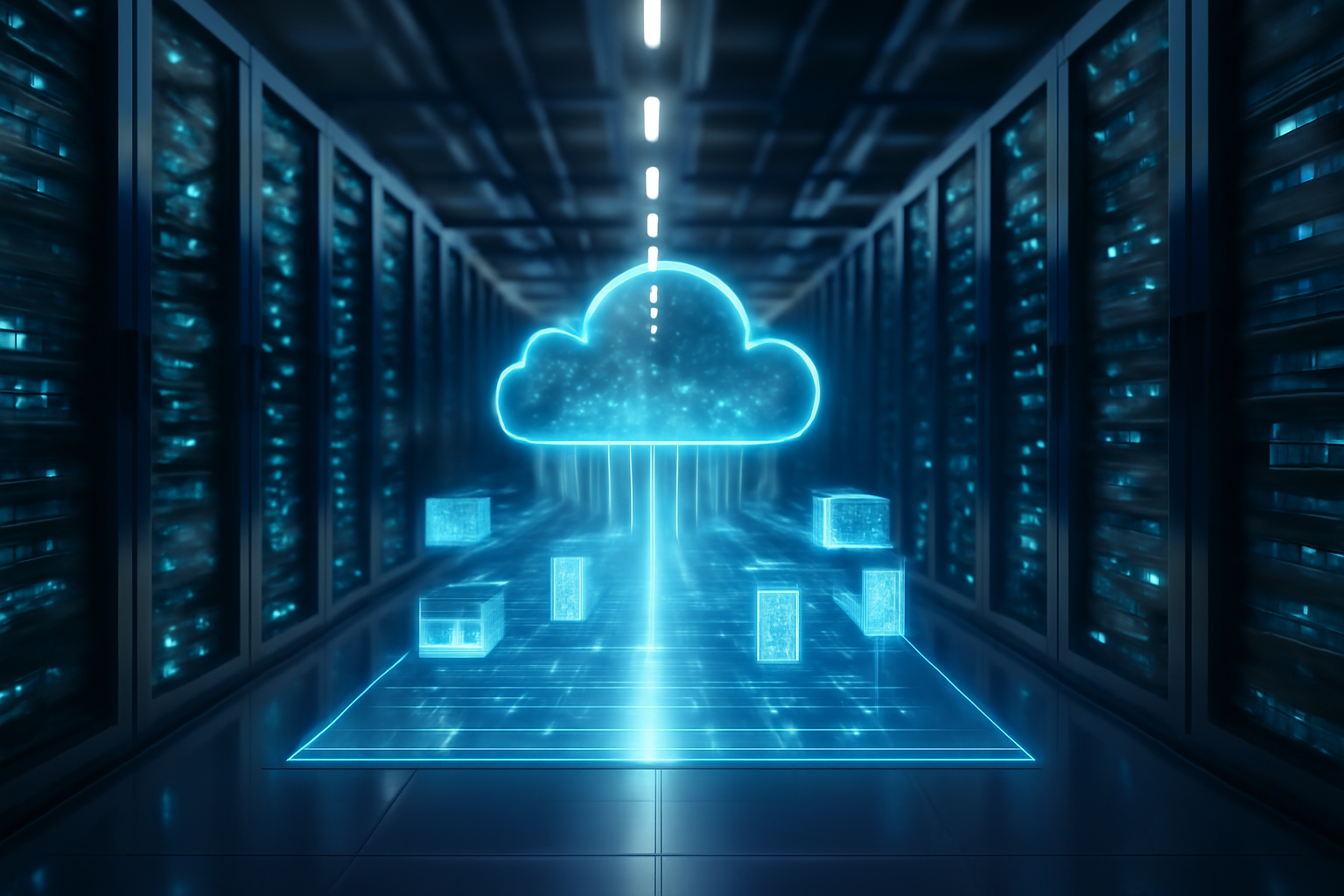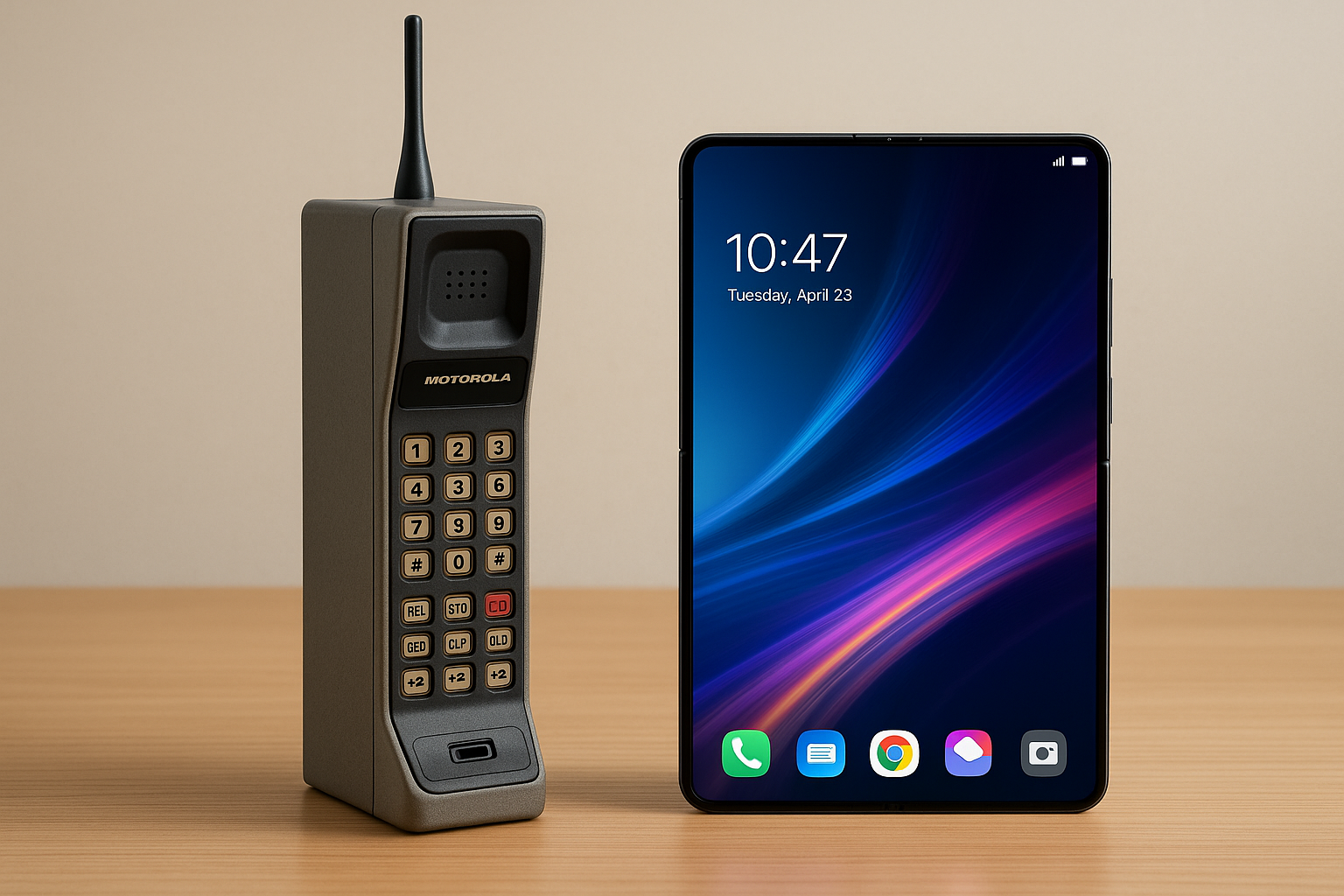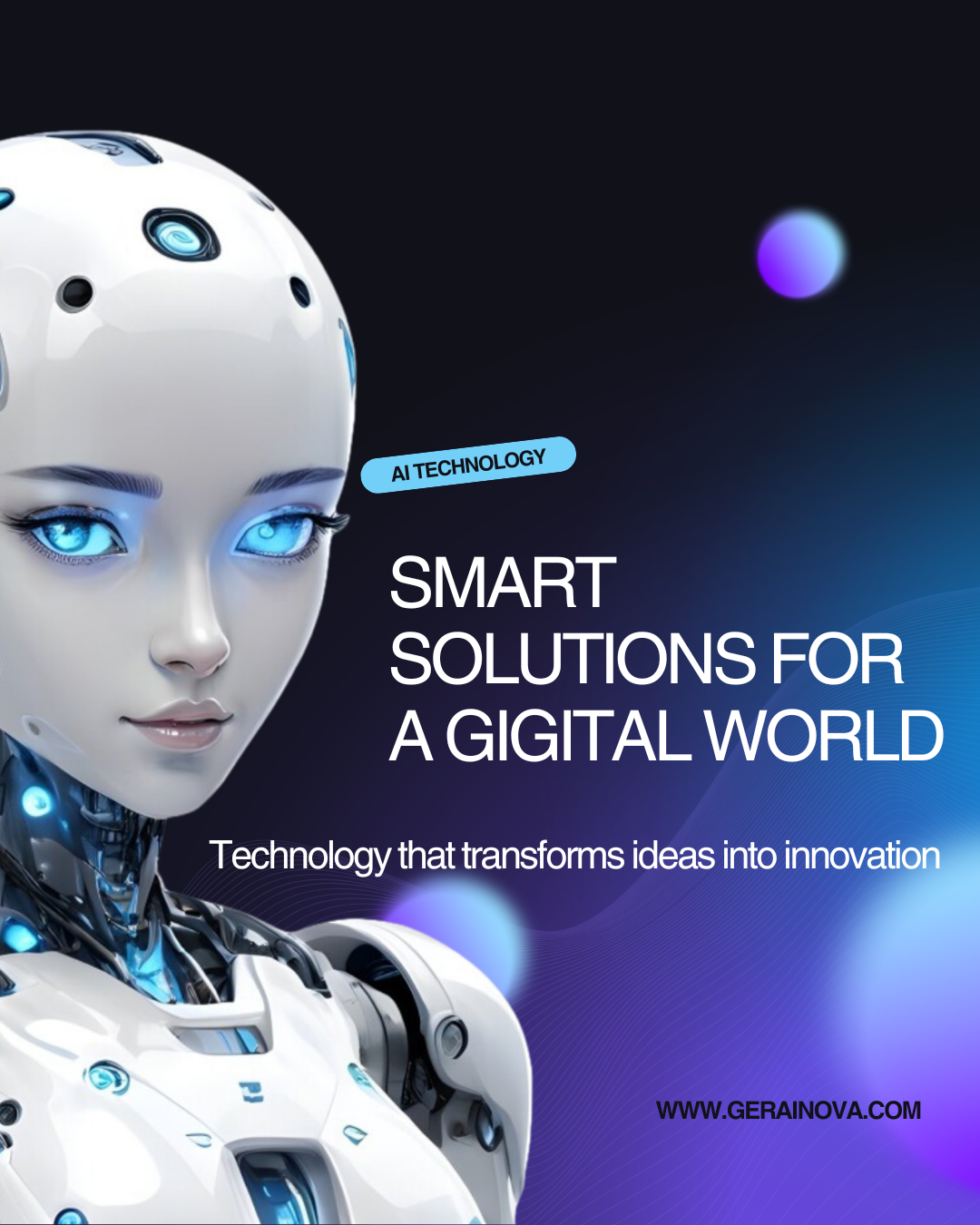The Future Is Arriving Faster Than Ever
The pace at which technology evolves today is astonishing. What once took decades to develop now happens in a matter of years—or even months. With rapid innovation driven by artificial intelligence, quantum computing, robotics, and more, we’re entering a new era of possibility. These changes don’t just affect scientists and developers—they influence our work, our homes, our communication, and our very way of life.
Whether you’re a beginner exploring the tech world or a seasoned expert looking to stay ahead of the curve, understanding the key technology trends for the upcoming years is essential. Let’s explore the most impactful and promising developments shaping our collective future.
1. Artificial Intelligence (AI) and Machine Learning (ML)
AI continues to lead the charge in reshaping technology. We’re moving far beyond chatbots and recommendation engines. Today’s AI is capable of:
- Generating realistic text, images, and videos.
- Driving cars autonomously.
- Diagnosing diseases with near-human accuracy.
- Powering personal assistants, customer service agents, and financial advisors.
Where It’s Headed:
- AI-powered automation will increase productivity across industries, from manufacturing to customer service.
- Generative AI, like ChatGPT and DALL·E, will revolutionize content creation.
- AI ethics and governance will become central as the world grapples with bias, misinformation, and deepfakes.
Expect AI to become more integrated into everyday tools—email, spreadsheets, creative apps—making everyone more efficient.
In addition, AI is expanding into creativity and emotional intelligence. From composing symphonies to detecting depression through voice patterns, AI is demonstrating its ability to augment human capabilities rather than just replace them.
2. Quantum Computing
While still in early stages, quantum computing promises to solve problems that classical computers can’t. Companies like IBM, Google, and startups like IonQ and Rigetti are racing to build stable quantum systems.
Potential Impact:
- Drug discovery: Modeling molecular structures faster than ever.
- Cryptography: Potentially breaking current encryption methods.
- Optimization problems: Revolutionizing logistics, finance, and engineering.
Quantum computers won’t replace traditional ones anytime soon, but their breakthroughs will influence industries like cybersecurity and pharmaceuticals profoundly.
Research labs across the globe are developing hybrid systems where quantum processors work alongside classical ones, bringing the best of both worlds.
3. Extended Reality (XR): AR, VR, and MR
Extended Reality (XR) is an umbrella term that includes Augmented Reality (AR), Virtual Reality (VR), and Mixed Reality (MR). From entertainment and education to medicine and design, XR is transforming how we interact with digital content.
What’s Coming:
- AR glasses: Light, stylish, and practical wearables that overlay information onto the real world.
- VR training simulations: Used by hospitals, military, and factories for realistic skill development.
- Metaverse experiences: Persistent digital spaces for work, learning, and play.
XR is also entering consumer homes through virtual workouts, social VR platforms, and immersive storytelling. The ability to “be present” in a virtual world is changing how we socialize, learn, and create.
4. Edge Computing
With so many connected devices (IoT), sending all data to the cloud isn’t efficient. Edge computing solves this by processing data closer to where it’s generated—on the device or local server.
Real-Life Examples:
- Smart factories using edge computing to monitor machinery and prevent failures.
- Autonomous vehicles making split-second decisions without waiting for cloud responses.
- Retail analytics tracking foot traffic and inventory in real time.
As edge computing grows, it will make real-time applications faster and more reliable, from gaming to medical diagnostics.
Moreover, it reduces bandwidth usage and increases privacy by keeping sensitive data on the edge device itself.
5. Cybersecurity and Privacy Enhancements
As technology advances, so do the threats. Cyberattacks are growing in sophistication and frequency. With more devices, data, and users online, protecting privacy and information becomes a massive challenge.
Key Developments:
- AI-driven security that predicts and mitigates threats proactively.
- Zero Trust architecture, where no user or system is automatically trusted.
- Decentralized identity systems giving users control over their data.
Cybersecurity will no longer be just an IT concern—it will be baked into every product and process.
Furthermore, education on digital hygiene is rising in importance. Businesses are training employees to recognize phishing, secure their devices, and use encryption effectively.
6. Sustainable Tech and Green Innovation
Environmental impact is now a core concern in tech development. Companies are embracing sustainability not just for ethics, but for competitiveness.
Trends to Watch:
- Green cloud computing with energy-efficient data centers.
- Circular electronics designed for repair and recycling.
- AI for environmental modeling to combat climate change.
Tech giants like Apple and Google are pledging carbon neutrality, and startups are creating sustainable alternatives for materials, packaging, and more.
In addition, smart grids and renewable energy platforms powered by tech are helping cities and homes use energy more efficiently.
7. 6G and Advanced Connectivity
While 5G is still expanding, researchers are already working on 6G, promising even faster speeds and lower latency.
Future Capabilities:
- Holographic communication in real-time.
- Remote surgeries with tactile feedback.
- Smart infrastructure where devices talk to each other autonomously.
Combined with satellite internet from services like Starlink, the world will soon be more connected than ever before.
Expect real-time language translation, seamless global meetings, and decentralized networks to be part of our daily experience.
8. Biotechnology and Bioinformatics
The convergence of biology and technology is unlocking life-altering breakthroughs.
Innovations Ahead:
- CRISPR gene editing for disease prevention and treatment.
- Synthetic biology to create lab-grown meat, eco-friendly fuels, and new materials.
- Wearable biosensors for real-time health monitoring.
Healthcare will become increasingly personalized, predictive, and preventive—all driven by tech.
We may soon see digital twins of patients, allowing doctors to simulate treatments before applying them in real life.
9. Robotics and Automation
Automation isn’t just for car factories anymore. Robots are cleaning our floors, delivering our food, and even assisting in surgery.
What’s Changing:
- Soft robotics that move like humans or animals.
- Collaborative robots (cobots) working alongside humans in warehouses and farms.
- AI-powered drones for delivery, surveillance, and agriculture.
The challenge will be balancing automation with employment—and creating new opportunities as old roles evolve.
Robots will become more emotionally intelligent, interacting with humans in empathetic ways to assist with caregiving and companionship.
10. Blockchain Beyond Crypto
Blockchain technology is maturing beyond Bitcoin and cryptocurrencies.
Emerging Uses:
- Supply chain transparency with tamper-proof records.
- Digital IDs that protect user identity.
- Smart contracts that self-execute legal agreements.
Governments and enterprises are exploring blockchain for voting systems, document verification, and decentralized finance (DeFi).
In addition, NFTs are evolving into utility tokens used in real estate, licensing, and digital access control.
11. Ambient and Ubiquitous Computing
Soon, technology won’t be something we “use”—it will surround us, anticipating our needs.
Key Concepts:
- Smart environments that adapt to your presence.
- Voice-activated everything, from cars to bathrooms.
- Sensor networks embedded in homes, offices, and streets.
As this ambient intelligence becomes more sophisticated, it will blend seamlessly into daily life, improving convenience and efficiency.
These technologies will help reduce decision fatigue, streamline tasks, and even assist those with disabilities to live more independently.
12. Human Enhancement Tech
The boundary between humans and machines is blurring.
Coming Innovations:
- Brain-computer interfaces allowing control of devices via thought.
- Exoskeletons enhancing strength for workers or mobility for the disabled.
- Neural implants to treat neurological disorders.
These technologies raise ethical and societal questions, but they also promise to dramatically improve quality of life for millions.
We’re likely to see assistive devices that are smarter, smaller, and more intuitive—blending into the user’s body and lifestyle effortlessly.
How to Prepare for These Trends
- Stay Curious – Read widely, explore new apps, and follow tech leaders.
- Build Adaptability – Be open to learning and relearning skills.
- Protect Your Data – Understand privacy settings, use strong passwords, and stay alert.
- Think Ethically – Consider how your use of tech affects others and the environment.
- Get Hands-On – Try out new tools, build projects, or join online communities.
- Invest in Lifelong Learning – Take online courses, attend webinars, and pursue certifications.
- Support Inclusive Innovation – Encourage diversity in tech and access to digital tools for all.
Final Thoughts: A World in Transformation
Technology is no longer an isolated sector—it’s embedded in every industry and every life. The next few years will bring changes we can’t yet fully predict. But what’s certain is that adaptability, curiosity, and responsibility will be the keys to thriving in this new landscape.
These trends aren’t just for techies. They’re for teachers using AR in classrooms, farmers deploying sensors in fields, patients managing health with wearables, and artists creating with AI. The future is inclusive, immersive, and incredibly exciting.
So whether you’re learning your first programming language or leading a tech startup, now is the time to dive deeper, think bigger, and prepare for the extraordinary possibilities ahead.
In a world defined by exponential change, those who are prepared will not only adapt — they’ll lead. The future is being written today, and you hold the pen.
